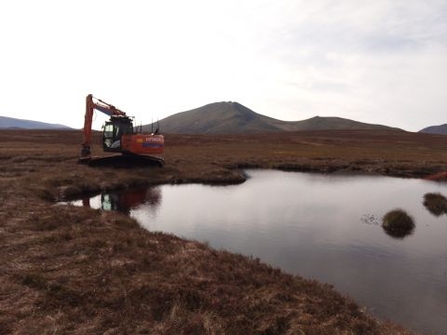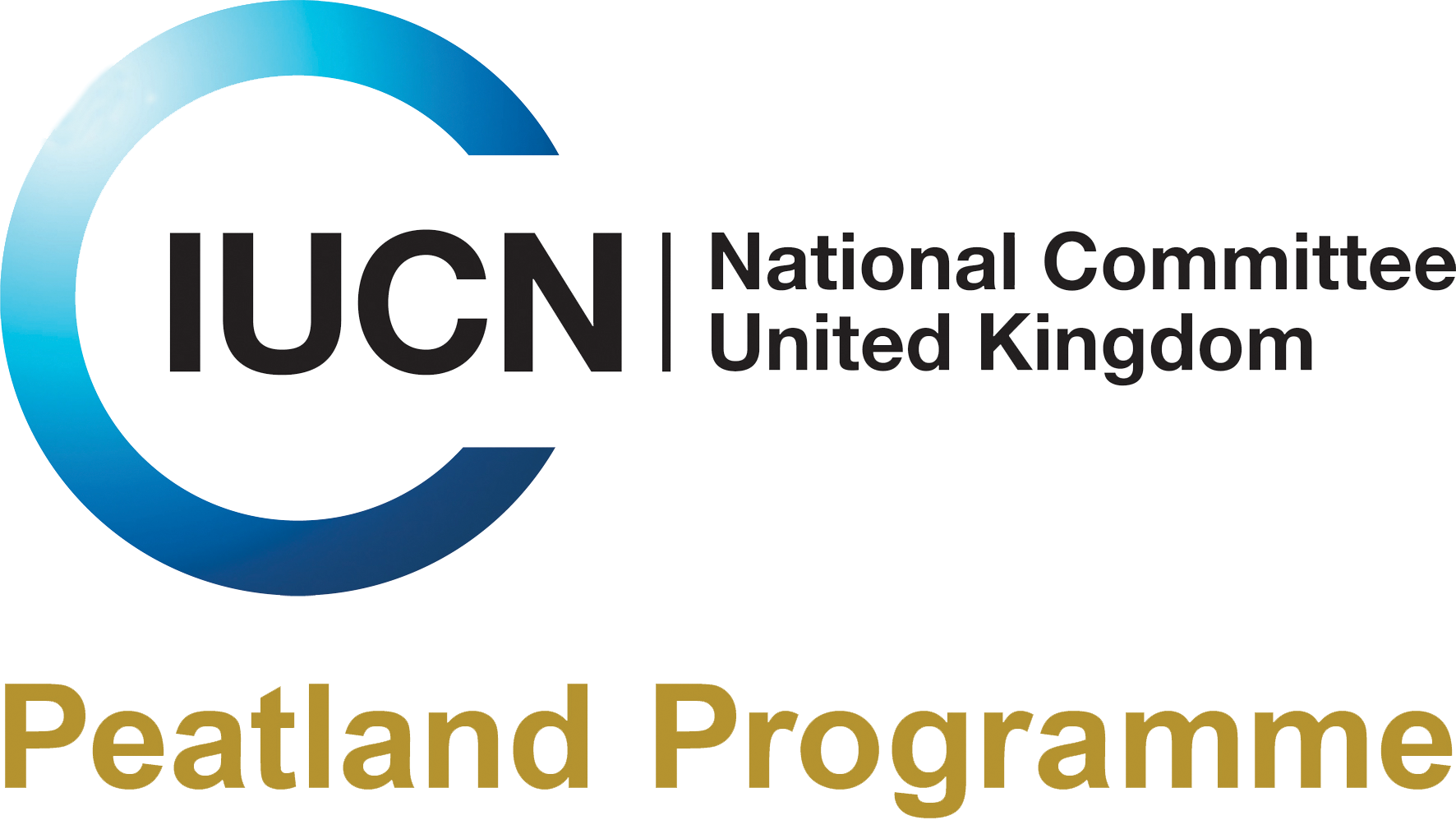Restoration management is underway again in the Cairngorms National Park supported by Peatland ACTION after the delays due to the global pandemic. Work started in June with site visits to assess work that finished suddenly with the onset of snow last winter. Some days of particularly fine weather involved surveying in shorts and t-shirt high in the mountains while other days were beset by a midge plague!
These early visits identified a number of issues relating to the failure of turf bunding in erosion gullies (the water flow was just too high) or the failure of Sphagnum-rich mulch to bare peat (possibly due to some donor sites being too grass dominated). These visits enabled us to modify the work to take place this year to resolve these issues.
The site visits also identified some examples of the Sphagnum-rich mulch having rapid vegetation establishment. The photo below is of a bare peat site at 820 metres in Glenfeshie Estate that had a thick layer of mulch applied in the autumn of 2019. Further work in this site will include the installation of coir logs to slow water flow and the application of lime. While a bare peat area on Balmoral Estate was treated in 2019 with a whole turf technique providing complete vegetation coverage.
They have also trialled the use of a very low ground pressure Softrak machine to transport locally mined stone, in an area that was re-profiled, turfed and bunded in 2019. This was very successful with the Softrak doing little damage to some very wet areas and being able to drop stone exactly where they wanted it without having to use a helicopter. The stone is being used to create stone spillways over the turf bunding or to reinforce the turf bunding where the water flow is very high.
Cairngorms Peatlands flying high

Machine operator restoring the peatlands at Abernethy. Credit Peatland ACTION
They are now using 14 ton excavators much more on our restoration sites and find that they can work much faster than the smaller 8 ton machines. They can use a much bigger bucket and hence transplant larger turves on the re-profiled slopes as well as having a greater reach. Operators do have to be careful to limit the damage to vegetation with the bigger machines.
They did use helicopter transportation on RSPB Abernethy this year, due to remoteness, creating over 230 stone dams in a large area of eroded peat. Within days these dams were proving effective and in several cases had nearly filled up with sediment behind the dam.
From 2021, peatland projects in the Cairngorms National Park will be supported by grants directly from the Cairngorms National Park Authority and they will be expanding out peatland team to enable greater project delivery – so if you are interested in working in the Cairngorms look out for their vacancies.
